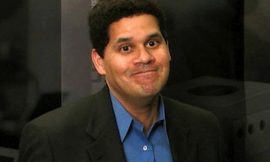Randy Bush, dubbed the “unrepentant hippie and world networker” by Wired magazine, has been inducted into the Internet Hall of Fame by the Internet Society for his efforts in building networks in African countries. South Africa’s Rhodes University also awarded the activist an honorary doctorate for his work, which he shared with late South African president, Nelson Mandela. Bush helped shape the internet’s beginnings in the Pacific Northwest; however, his story “goes back well before the dawn of the internet”, to his early experience of punch cards and mainframes. Bush’s political activism in the 1960s and subsequent suspicions of structures arguably contributed to his sometimes peripheral role.
Bush believes that the internet was the result of people’s cooperation, rather than that of organizations. He recently told heise online that organisations had not played a central role and that he saw his career as the story of others, with his only contribution being perseverance and stubbornness. Bush began his career in the computer industry in 1965, working at the University Hospital in Chicago. Following this, he worked at the University of Chicago data centre, where he started studying floating point arithmetic, earning 87 cents per hour. Carol Newton, Senior Medical Computing Scientist at the hospital, oversaw his transition to numerics. Later, he became the system administrator for Kaiser Permanente’s two large IBM mainframes in Oakland, California in the late 60s. During this time, Bush participated in user and standards groups. He then moved to Oregon, where he worked remotely from his farm for multiple organisations, and co-founded Northwest Microcomputer Systems with a team of doctors and businessmen. The computer systems were constructed by only 20 machines made of wood due to the expense of plastic injection moulding.



